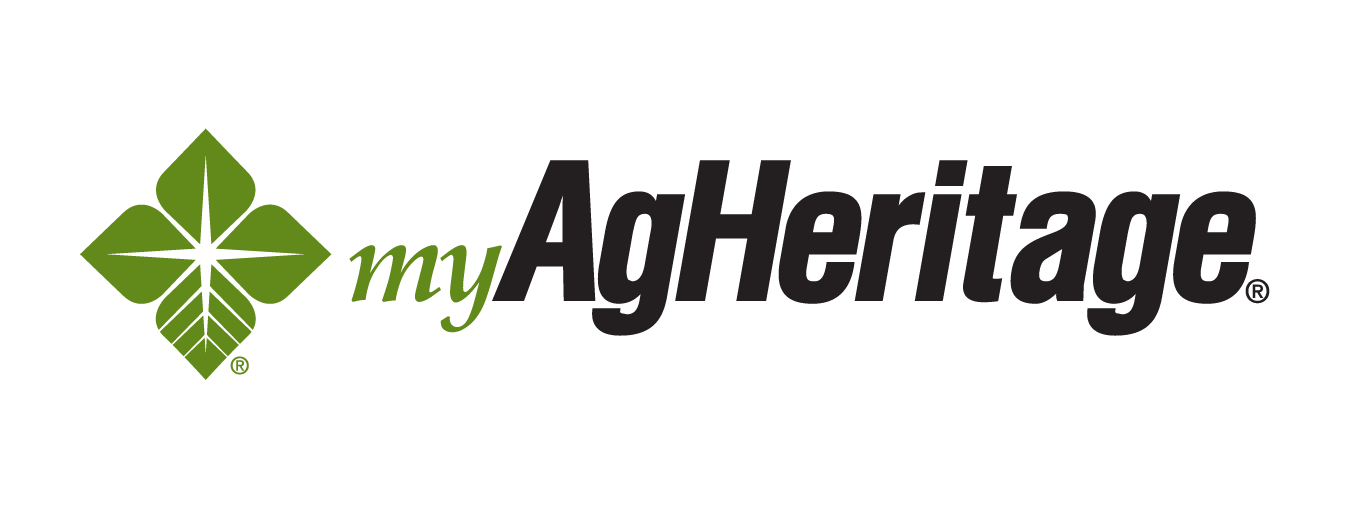OMAHA (DTN) -- Lower commodity prices in 2024 have forced farmers to sharpen their pencils to be profitable in their crop enterprises. Add in the fact that some fertilizer prices did not drop, and some fertilizers are actually more expensive compared to last year, and profits could be squeezed in the last half of the year.
Rabobank recently published its semiannual fertilizer outlook. In that report, its fertilizer affordability index is currently in the neutral range for both nitrogen and phosphorus, while potash could see downward price movement.
However, Rabobank said it is likely this index will shift to negative later in the year with continuing supply issues affecting global nutrient prices in nitrogen and phosphorus fertilizers. Several global factors could affect the short-term outlook and should be monitored closely, according to the report.
NITROGEN: VOLATILITY TO CONTINUE
Rabobank reported the nitrogen market should continue to see some price volatility, which is a common pattern in this nutrient market. There are several factors leading to the uncertainty.
Urea prices were trending lower until mid-June 2024 when news broke that Egyptian production had stopped due to natural gas supply issues. This, in turn, pushed urea prices 17% higher in just one month.
In addition, natural gas prices in Europe have moved higher this summer. The European natural gas price (Title Transfer Facility price) rose from 31.4 EUR per megawatt hour (MWh) in mid-July to 39.6 EUR/MWh by Aug. 15.
On the supply side, there are some signs nitrogen prices could move lower in the short term. In Europe, urea buyers are hesitant to buy due to price concerns, which is weakening demand in that region.
Brazilian farmers are focusing on purchasing fertilizer, especially urea, for the safrinha corn crop. There is some question about how much fertilizer demand there will be from this region with elevated fertilizer prices, Rabobank reported. Despite this, import figures from July show that 3.6 million metric tons (mmt) of urea arrived in Brazil from January to July this year. This is 3% more than average for the past five years.
The wildcard of the nitrogen market could be what happens with India. The country was the biggest liquidity provider for most fertilizer markets, including nitrogen.
"There are reports that inland inventories might be above normal, which could reduce Indian demand in a new tender or even postpone it," the report said. "Market news indicates there will be a new tender in the coming months, but we will need to wait to gauge India's appetite for urea."
PHOSPHORUS: LESS SUPPLY WEIGHS ON MARKET
Less supply in the global phosphorus market will likely mean prices will remain above historical averages. A lack of clear strategies from the top three exports (China, U.S., Morocco) is playing an important role in this lack of supply, according to Rabobank.
In November 2023, China stopped its phosphorus fertilizer exports to ensure sufficient supply for the domestic market. Even when the Chinese volumes returned in April 2024, phosphate prices did not go down.
Between 2018 and 2021, China exported about 9.0 mmt of MAP/DAP per year. In 2022 and 2023, the average fell to 6.3 mmt, and the expectation for 2024 is for only about 5 mmt to be exported.
The Rabobank report stated the U.S. has changed its approach in the phosphate market, reducing MAP/DAP exports and imports while increasing phosphate rock imports.
The U.S. exported around 1.26 mmt of MAP/DAP between 2021 and 2023, representing just 20% of the volume exported from 2018 to 2020. In 2024, another reduction is expected with export volumes 25% lower compared to the five-year average.
Morocco is also a key player in this market, and they have also altered their strategy.
"Morocco has significantly reduced its phosphate rock exports since 2018 while increasing MAP and DAP exports," the report said. "Phosphate rock exports from Morocco decreased from around 11.2 mmt in 2018 to 4.5 mmt in 2023, a 60% reduction.
POTASH: HEAVY SUPPLY PUSHES PRICE LOWER
The one nutrient that has a positive outlook over the next six months is potash. Rabobank reports that ongoing supplies continue to come from sanctioned regions, recent purchasing contracts by China and India and saturated demand from Brazil.
The renegotiation of supply contracts for India and China is a significant development in the potash market. Market news reports indicate both countries are negotiating to lower purchasing price by 12% less than the prices they currently pay.
This news has added more bearishness to potash price in other regions. In Brazil, they have already negotiated new volumes below $300/metric ton.
Brazil importers bought large quantities of potash at discount rates this year. From January to June 2024, Brazil imported 6.9 mmt of potash, 1.6 mmt more than the five-year average.
While low potash prices is good news for farmers, it is not good news for everyone in the market.
Rabobank reported prices might be so low that they may approach the operational costs for fertilizer companies. This might be sustainable for a while but could eventually force some companies to reduce production to avoid losses.
"We expect the market is approaching the price floor, reaching a situation where the potash prices are so low that importers will stop buying more of it," Rabobank reported.
DTN reported that most retail fertilizer prices were lower for the first week of September, https://www.dtnpf.com/…. However, both DAP and MAP are more expensive than a year ago.
Russ Quinn can be reached at Russ.Quinn@dtn.com
Follow him on social platform X @RussQuinnDTN
(c) Copyright 2024 DTN, LLC. All rights reserved.








